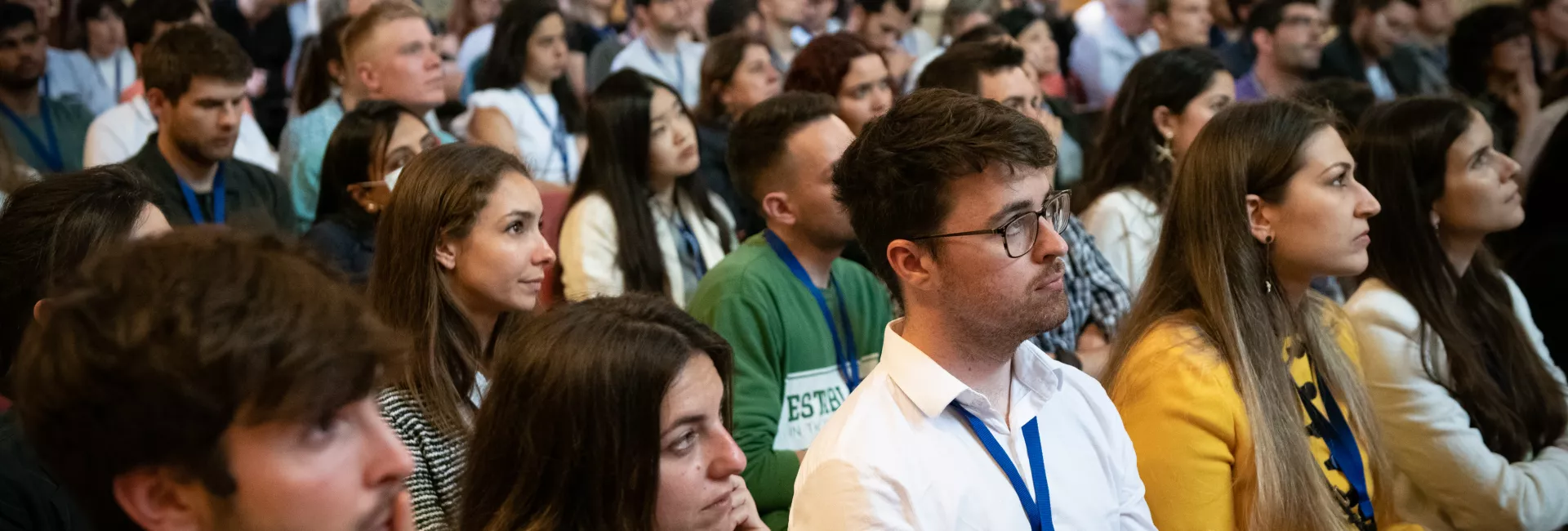Speaker: Dr. Michael Krieg
Group Leader/Professor at The Institute of Photonic Sciences (ICFO), Barcelona, Spain
Presentation
Host: Dr. X. Salvatella, Group Leader - Laboratory of Molecular Biophysics - IRB Barcelona
Node: Chemical & Structural Biology
Date: Wednesday 10 May 2023, 12.00h
Place: Auditorium Room
IMPORTANT: For attendees outside the PCB community you must register at least 24h before the seminar.
Abstract
The millimeter scale mechanics of biological tissues is an emergent character originating from the material properties of the constituent cells and their mutual adhesive interactions. Likewise, the cell is an inhomogenous, anisotropic and non-linear material composed of thousands of different components that interact transiently and/or permanently. Despite this complexity, previous research has shown that a few dominating elements of the cytoskeleton are largely responsible for the cellular strain response to mechanical stress. Thus, it is plausible that these mechanoresponsive molecules also endow some functionality to the cell - a property that has been largely investigated decoupled from the cellular physiology.
During my talk, I will highlight recent progress to understand the interplay between cellular and molecular nanomechanics and their role in regulating cellular physiology. I focus on work on the nervous system of the roundworm Caenorhabditis elegans, which is a popular experimental system to combine engineering, biophysics and cell biology, due to its stereotyped body plan, known structural connectome and amenable genetics. C elegans uses a set of different sensory neurons to navigate its habitat which endow the animals to process chemical and mechanical stimuli in a changing environment. Some of these neurons respond to minute mechanical forces delivered to the skin of the animal, while others respond to stresses generated within the animals that originate from muscle contraction during locomotion. How these stresses are borne by molecular mechanics, transmitted within biological tissues and activate biochemical pathways is one of the last challenges in mechanosensory biology. In this seminar, I will introduce some recent efforts from our lab to further our understanding of how mechanical stresses distribute within cells and enable mechanosensory behavior during proprioception and the response to external body touch. Specifically I will focus how a mechanosensitive feedback loop measures and adjusts muscle activity during crawling in C. elegans and how the time-dependent rheological properties of a biomolecular condensate influences the frequency-dependent response during touch.

